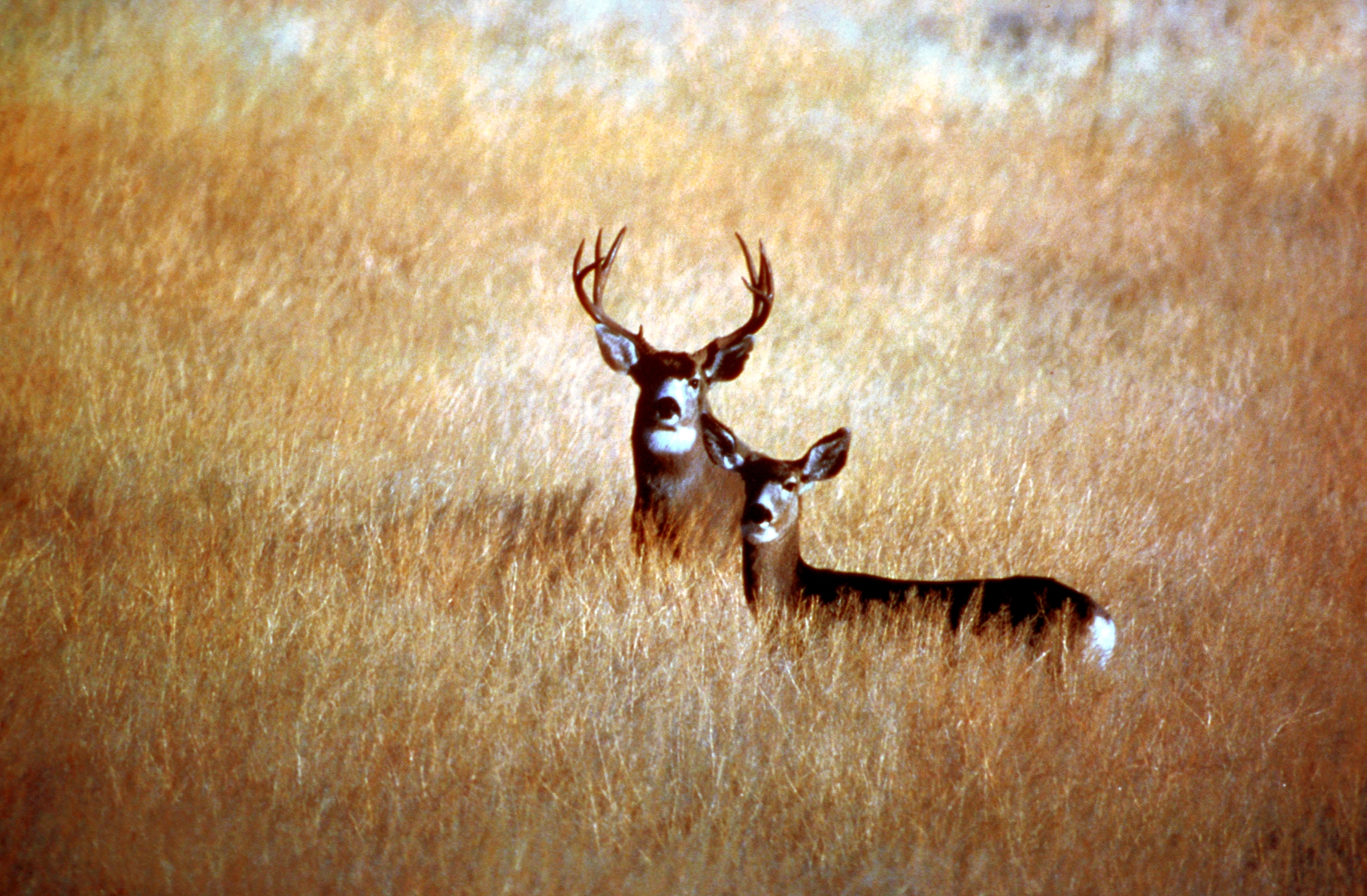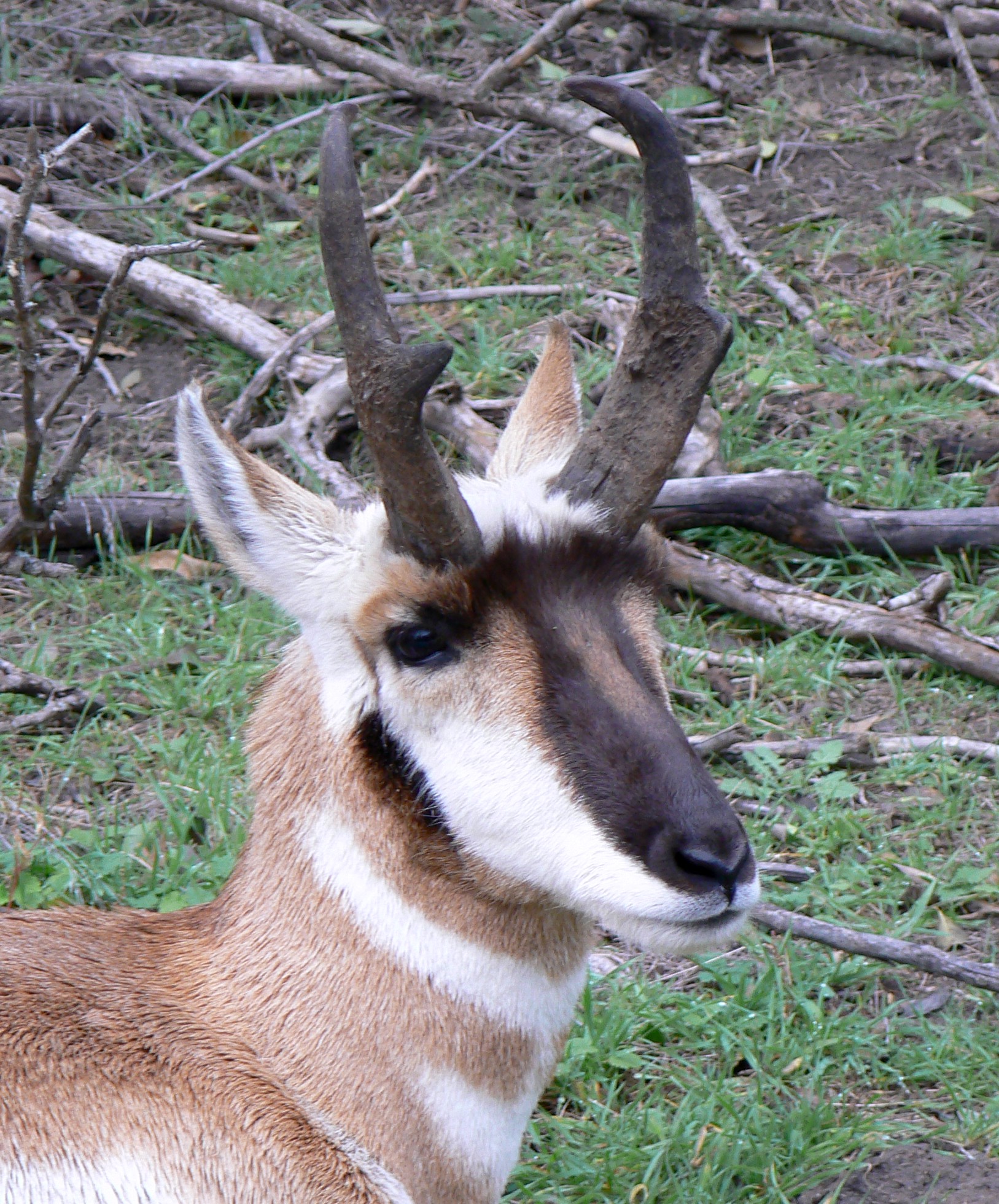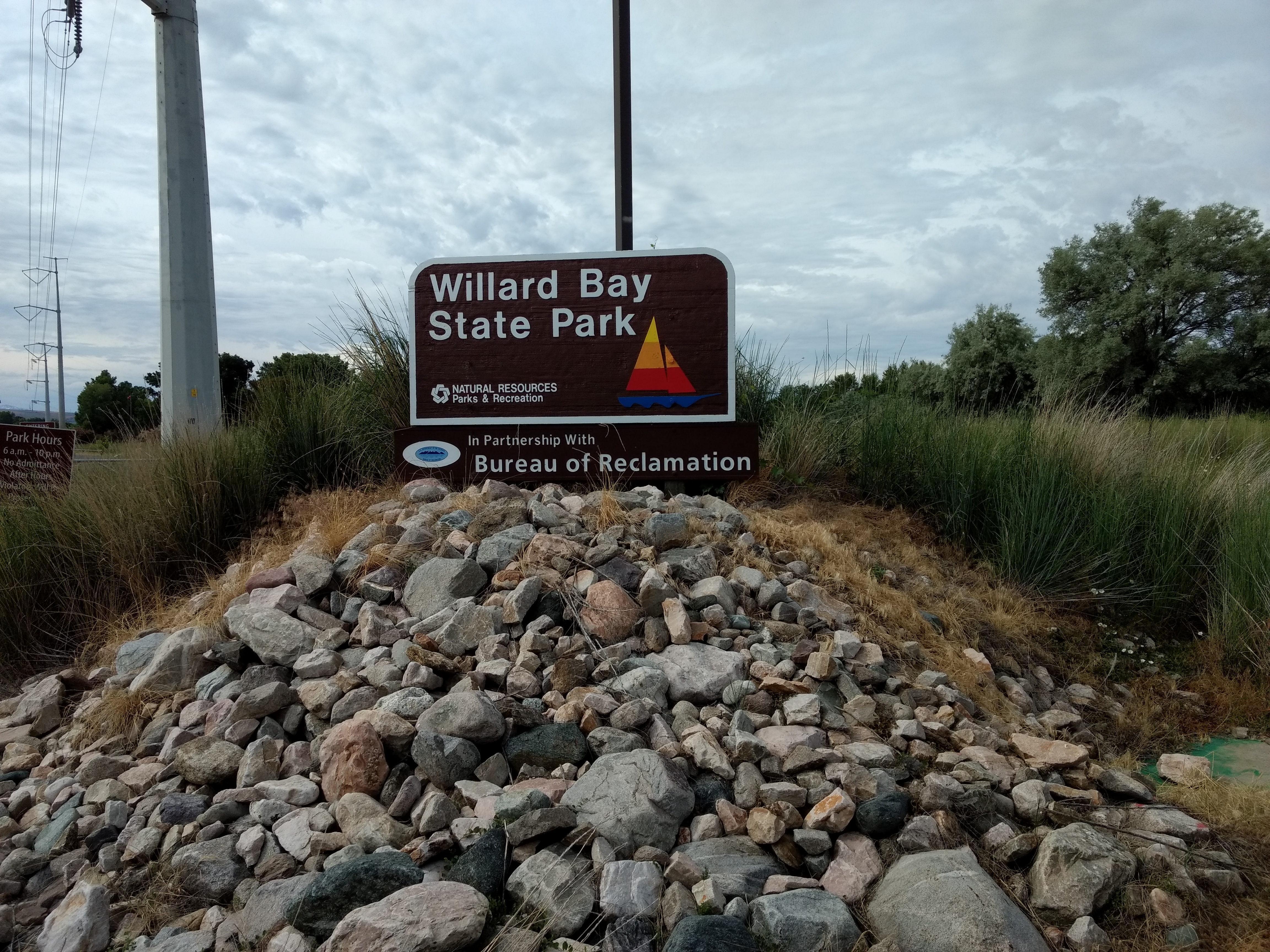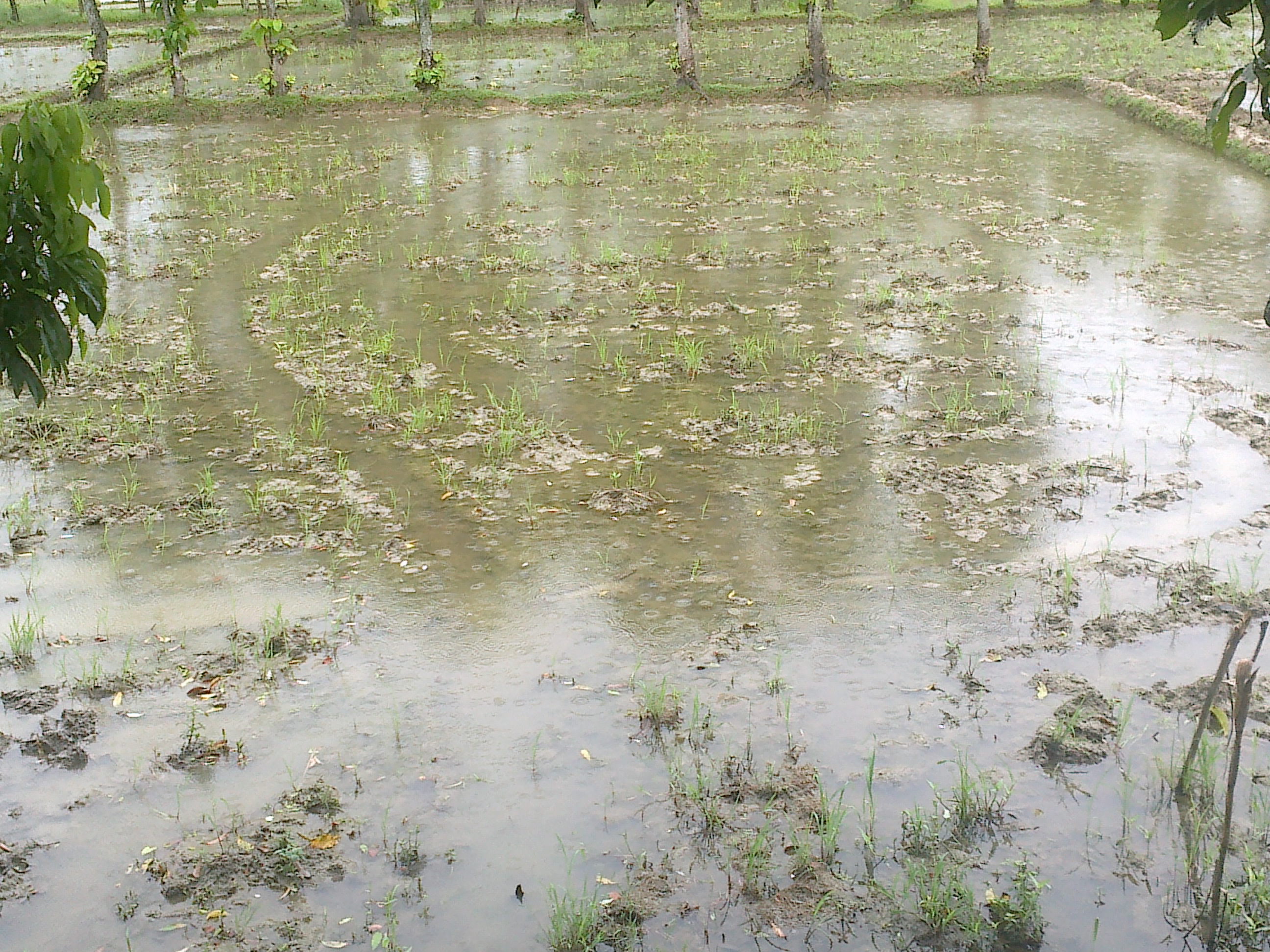|
Clear Lake National Wildlife Refuge
Clear Lake National Wildlife Refuge is a National Wildlife Refuge of the United States in northeastern California. It includes about of open water surrounded by over of upland bunchgrass, low sagebrush, and juniper habitat. small, rocky islands in the wetlands provide breeding sites for American white pelicans, double-crested cormorants, and other colony-nesting birds. The uplands are inhabited by pronghorn, mule deer, and sage grouse. The Clear Lake Reservoir is the primary source of water for the croplands of the eastern Klamath Basin, with water levels regulated by the Bureau of Reclamation. Except for limited pronghorn and waterfowl hunting Waterfowl hunting (also called wildfowling or waterfowl shooting in the UK) is the practice of hunting ducks, geese, or other waterfowl for food and sport. Many types of ducks and geese share the same habitat, have overlapping or identical h ... during the state hunting seasons, the refuge is closed to all public access for the p ... [...More Info...] [...Related Items...] OR: [Wikipedia] [Google] [Baidu] |
Modoc County, California
Modoc County () is a county in the far northeast corner of the U.S. state of California. Its population is 8,700 as of the 2020 census, down from 9,686 from the 2010 census. This makes it California's third-least populous county. The county seat and only incorporated city is Alturas. Previous county seats include Lake City and Centerville. The county borders Nevada and Oregon. Much of Modoc County is federal land. Several federal agencies, including the United States Forest Service, Bureau of Land Management, National Park Service, Bureau of Indian Affairs, and the United States Fish and Wildlife Service, have employees assigned to the area, and their operations are a significant part of its economy and services. The county's official slogans include "The last best place" and "Where the West still lives". History Prior to the arrival of Europeans in the region, varying cultures of Native Americans inhabited the county for thousands of years. At the time of European enco ... [...More Info...] [...Related Items...] OR: [Wikipedia] [Google] [Baidu] |
Pronghorn
The pronghorn (, ) (''Antilocapra americana'') is a species of artiodactyl (even-toed, hoofed) mammal indigenous to interior western and central North America. Though not an antelope, it is known colloquially in North America as the American antelope, prong buck, pronghorn antelope and prairie antelope, because it closely resembles the antelopes of the Old World and fills a similar ecological niche due to parallel evolution. It is the only surviving member of the family Antilocapridae. During the Pleistocene epoch, about 11 other antilocaprid species existed in North America.Smithsonian Institution. North American MammalsPronghorn ''Antilocapra americana''/ref> Three other genera ('' Capromeryx'', ''Stockoceros'' and '' Tetrameryx'') existed when humans entered North America but are now extinct. As a member of the superfamily Giraffoidea, the pronghorn's closest living relatives are the giraffe and okapi. See Fig. S10 in Supplementary Information. The Giraffoidea are in ... [...More Info...] [...Related Items...] OR: [Wikipedia] [Google] [Baidu] |
National Wildlife Refuges In California
National may refer to: Common uses * Nation or country ** Nationality – a ''national'' is a person who is subject to a nation, regardless of whether the person has full rights as a citizen Places in the United States * National, Maryland, census-designated place * National, Nevada, ghost town * National, Utah, ghost town * National, West Virginia, unincorporated community Commerce * National (brand), a brand name of electronic goods from Panasonic * National Benzole (or simply known as National), former petrol station chain in the UK, merged with BP * National Car Rental, an American rental car company * National Energy Systems, a former name of Eco Marine Power * National Entertainment Commission, a former name of the Media Rating Council * National Motor Vehicle Company, Indianapolis, Indiana, USA 1900-1924 * National Supermarkets, a defunct American grocery store chain * National String Instrument Corporation, a guitar company formed to manufacture the first reson ... [...More Info...] [...Related Items...] OR: [Wikipedia] [Google] [Baidu] |
Protected Areas Of Modoc County, California
Protection is any measure taken to guard a thing against damage caused by outside forces. Protection can be provided to physical objects, including organisms, to systems, and to intangible things like civil and political rights. Although the mechanisms for providing protection vary widely, the basic meaning of the term remains the same. This is illustrated by an explanation found in a manual on electrical wiring: Some kind of protection is a characteristic of all life, as living things have evolved at least some protective mechanisms to counter damaging environmental phenomena, such as ultraviolet light. Biological membranes such as bark on trees and skin on animals offer protection from various threats, with skin playing a key role in protecting organisms against pathogens and excessive water loss. Additional structures like scales and hair offer further protection from the elements and from predators, with some animals having features such as spines or camouflage servin ... [...More Info...] [...Related Items...] OR: [Wikipedia] [Google] [Baidu] |
Waterfowl Hunting
Waterfowl hunting (also called wildfowling or waterfowl shooting in the UK) is the practice of hunting ducks, geese, or other waterfowl for food and sport. Many types of ducks and geese share the same habitat, have overlapping or identical hunting seasons, and are hunted using the same methods. Thus it is possible to take different species of waterfowl in the same outing. Waterfowl can be hunted in crop fields where they feed, or, more frequently, on or near bodies of water such as rivers, lakes, ponds, swamps, sloughs, or oceanic coastlines. History Prehistoric waterfowl hunting Wild waterfowl have been hunted for food, down, and feathers worldwide since prehistoric times. Ducks, geese, and swans appear in European cave paintings from the last Ice Age, and a mural in the Ancient Egyptian tomb of Khnumhotep II ( BCE) shows a man in a hunting blind capturing swimming ducks in a trap. Muscovy ducks were depicted in the art of the Moche culture of ancient Peru by 200 BCE ... [...More Info...] [...Related Items...] OR: [Wikipedia] [Google] [Baidu] |
Bureau Of Reclamation
The Bureau of Reclamation, and formerly the United States Reclamation Service, is a federal agency under the U.S. Department of the Interior, which oversees water resource management, specifically as it applies to the oversight and operation of the diversion, delivery, and storage projects that it has built throughout the western United States for irrigation, water supply, and attendant hydroelectric power generation. Currently the Bureau of Reclamation is the largest wholesaler of water in the country, bringing water to more than 31 million people, and providing one in five Western farmers with irrigation water for 10 million acres of farmland, which produce 60% of the nation's vegetables and 25% of its fruits and nuts. The Bureau of Reclamation is also the second largest producer of hydroelectric power in the western United States. On June 17, 1902, in accordance with the Reclamation Act, Secretary of the Interior Ethan Allen Hitchcock established the U.S. Reclamat ... [...More Info...] [...Related Items...] OR: [Wikipedia] [Google] [Baidu] |
Klamath Basin
The Klamath Basin is the region in the U.S. states of Oregon and California drained by the Klamath River. It contains most of Klamath County and parts of Lake and Jackson counties in Oregon, and parts of Del Norte, Humboldt, Modoc, Siskiyou, and Trinity counties in California. The drainage basin is 35% in Oregon and 65% in California. In Oregon, the watershed typically lies east of the Cascade Range, while California contains most of the river's segment that passes through the mountains. In the Oregon-far northern California segment of the river, the watershed is semi-desert at lower elevations and dry alpine in the upper elevations. In the western part of the basin, in California, however, the climate is more of temperate rainforest, and the Trinity River watershed consists of a more typical alpine climate. Geology and hydrology The Upper Klamath Watershed lies between the Cascade Range and the Basin and Range Province in southern Oregon and northern California. Bedrock st ... [...More Info...] [...Related Items...] OR: [Wikipedia] [Google] [Baidu] |
Cropland
Agricultural land is typically land ''devoted to'' agriculture, the systematic and controlled use of other forms of lifeparticularly the rearing of livestock and production of cropsto produce food for humans. It is generally synonymous with both farmland or cropland, as well as pasture or rangeland. The United Nations Food and Agriculture Organization (FAO) and others following its definitions, however, also use ''agricultural land'' or as a term of art, where it means the collection of: * ''arable land'' (also known as ''cropland''): here redefined to refer to land producing crops requiring annual replanting or fallowland or pasture used for such crops within any five-year period * '' permanent cropland'': land producing crops which do not require annual replanting * ''permanent pastures'': natural or artificial grasslands and shrublands able to be used for grazing livestock This sense of "agricultural land" thus includes a great deal of land not devoted to agricultural use. T ... [...More Info...] [...Related Items...] OR: [Wikipedia] [Google] [Baidu] |
Sage Grouse
Sage-grouse are grouse belonging to the bird genus ''Centrocercus.'' The genus includes two species: the Gunnison grouse (''Centrocercus minimus'') and the greater sage-grouse (''Centrocercus urophasianus''). These birds are distributed throughout large portions of the north-central and Western United States, as well as the Canadian provinces of Alberta and Saskatchewan. The International Union for Conservation of Nature classified the ''C. minimus'' species as endangered in 2020 and ''C. urophasianus'' as near threatened in 2016. Names The specific epithet is from another Greek word, "oura", plus "phasianos", pheasant. The noun "pheasant" was originally applied to a bird that was native to the valley of the Phasis River (now the Rioni River), which is located in Georgia. In the time of Lewis and Clark the word "pheasant" stood for "a genus of gallinaceous birds", according to lexicographer Noah Webster (1806), and the explorers often used it in that sense. "Gallinaceous" then ... [...More Info...] [...Related Items...] OR: [Wikipedia] [Google] [Baidu] |
Mule Deer
The mule deer (''Odocoileus hemionus'') is a deer indigenous to western North America; it is named for its ears, which are large like those of the mule. Two subspecies of mule deer are grouped into the black-tailed deer. Unlike the related white-tailed deer (''Odocoileus virginianus''), which is found throughout most of North America east of the Rocky Mountains and in the valleys of the Rocky Mountains from Idaho and Wyoming northward, mule deer are only found on the western Great Plains, in the Rocky Mountains, in the southwest United States, and on the west coast of North America. Mule deer have also been introduced to Argentina and Kauai, Hawaii. Taxonomy Mule deer can be divided into two main groups: the mule deer (''sensu stricto'') and the black-tailed deer. The first group includes all subspecies, except ''O. h. columbianus'' and '' O. h. sitkensis'', which are in the black-tailed deer group. The two main groups have been treated as separate species, but they hybridize, a ... [...More Info...] [...Related Items...] OR: [Wikipedia] [Google] [Baidu] |
Bird Colony
A bird colony is a large congregation of individuals of one or more species of bird that nest or roost in proximity at a particular location. Many kinds of birds are known to congregate in groups of varying size; a congregation of nesting birds is called a breeding colony. Colonial nesting birds include seabirds such as auks and albatrosses; wetland species such as herons; and a few passerines such as weaverbirds, certain blackbirds, and some swallows. A group of birds congregating for rest is called a communal roost. Evidence of colonial nesting has been found in non-neornithine birds (Enantiornithes), in sediments from the Late Cretaceous ( Maastrichtian) of Romania. Variations on colonial nesting in birds Approximately 13% of all bird species nest colonially. Nesting colonies are very common among seabirds on cliffs and islands. Nearly 95% of seabirds are colonial, leading to the usage, seabird colony, sometimes called a rookery. Many species of terns nest in col ... [...More Info...] [...Related Items...] OR: [Wikipedia] [Google] [Baidu] |
Tulelake, California
Tulelake ( ) is a city in northeastern Siskiyou County, California, United States. The town is named after nearby Tule Lake. Its population is 902 as of the 2020 census, down from 1,010 from the 2010 census. Tulelake peace officers are authorized by state law, along with cooperation of the state of Oregon, to serve as and be recognized as peace officers within Malin, Oregon, along with the inverse being true for peace officers employed within Malin, wherein they are recognized as peace officers within Tulelake by the California Penal Code. History The first public auction of Tulelake land parcels took place on April 15, 1931. Over 100 lots were sold for prices ranging from $65 to $350. In 1937, the city was incorporated. Today there are over 400 housing units. Two World War II internment camps were located near Tulelake. Camp Tulelake was an Italian and German prisoner-of-war camp to the west of town, located on Hill Road along Sheepy Ridge. Also referred to as Gill ... [...More Info...] [...Related Items...] OR: [Wikipedia] [Google] [Baidu] |







_(cropped).jpg)

